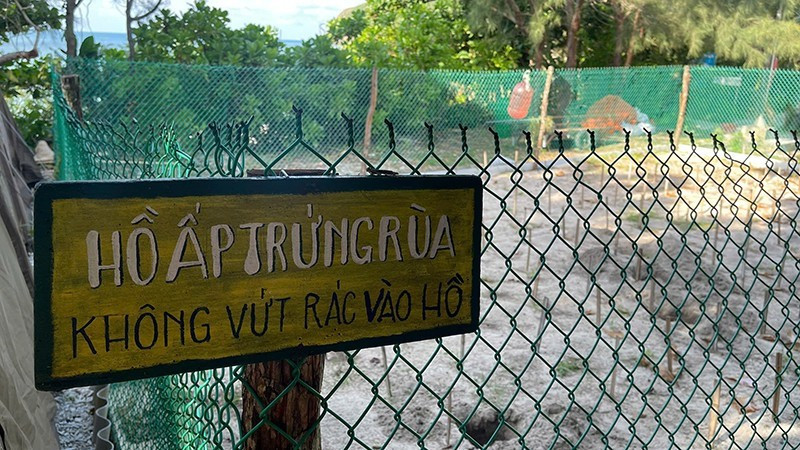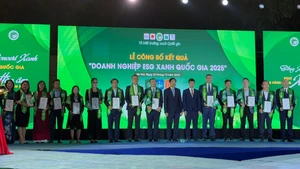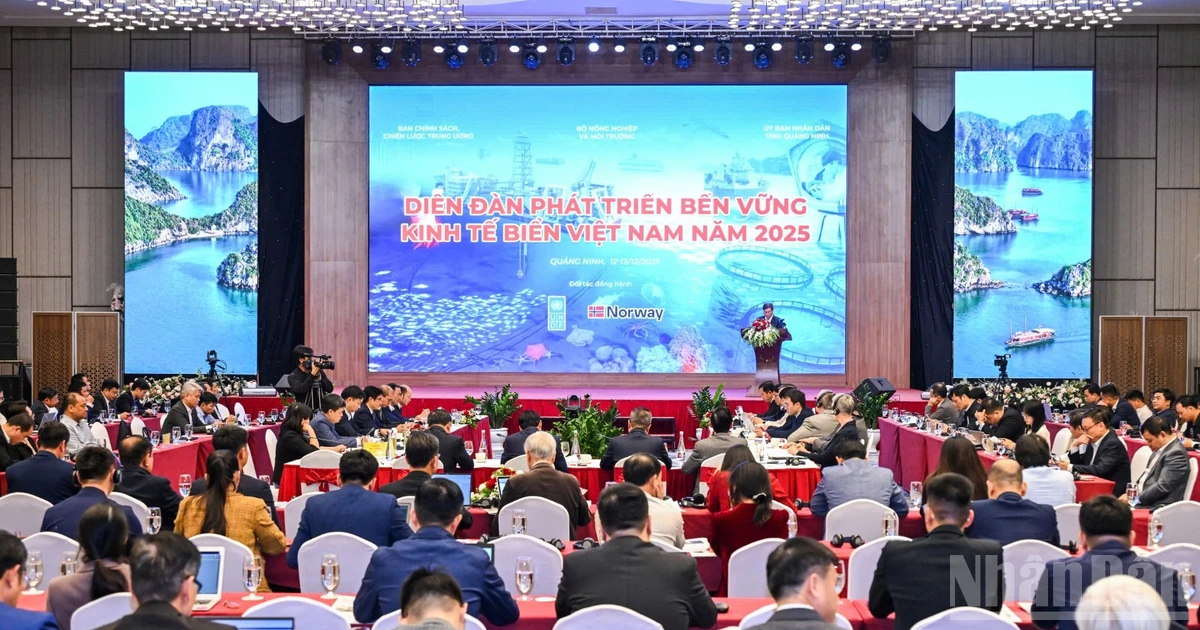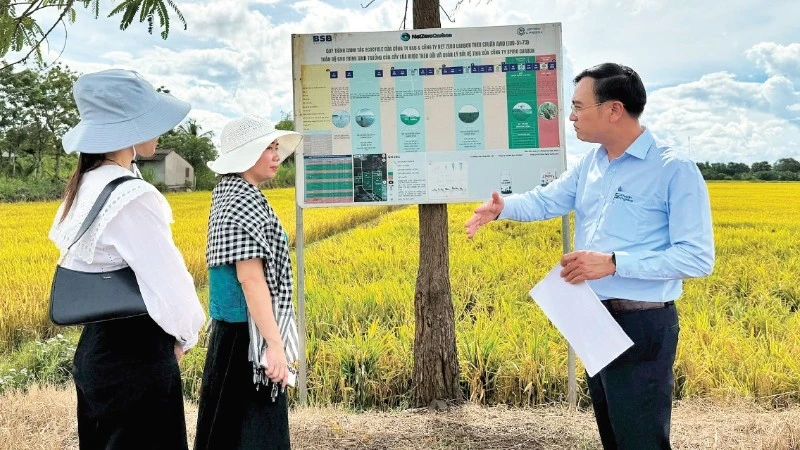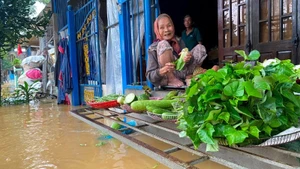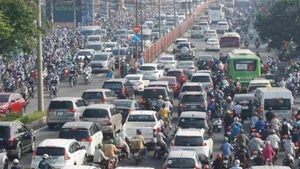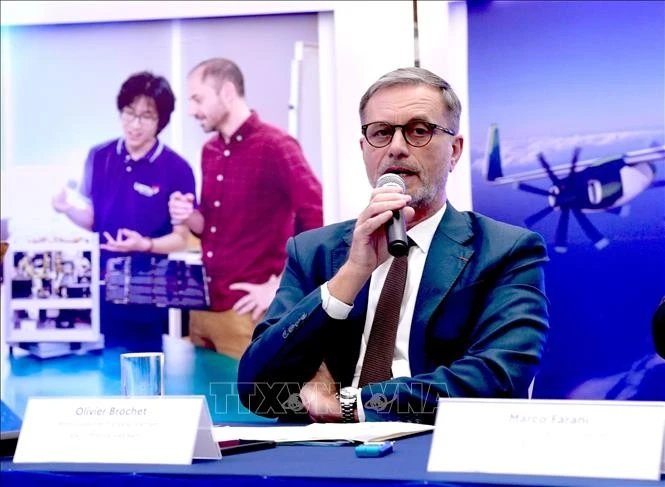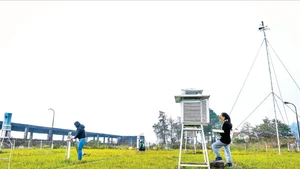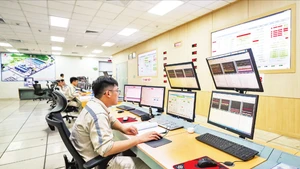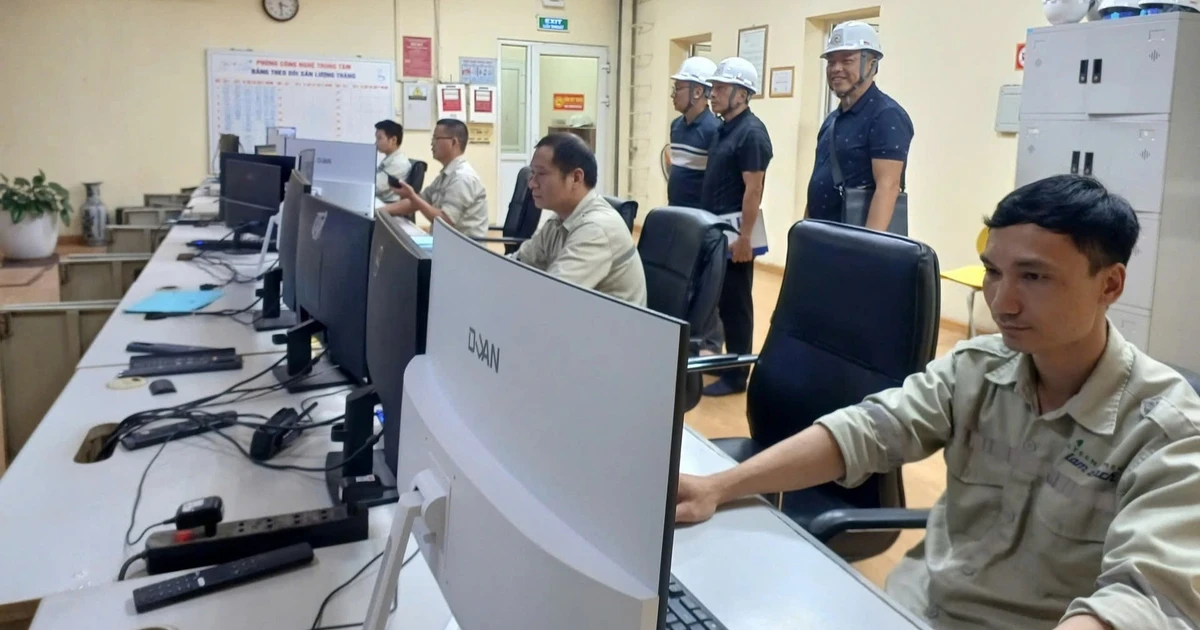Today, Con Dao is known as the Con Dao Special Zone after being incorporated into the new Ho Chi Minh City. It is now a nationally and internationally recognised nature conservation area. When it was still part of Ba Ria–Vung Tau Province, local authorities had already developed multiple green-transition and circular-economy initiatives for Con Dao’s development.
Notably, since 2023, Con Dao has been selected as a pilot site for the implementation of a circular economy development model and has now fulfilled 15 out of 19 assigned criteria. For this island paradise to truly develop sustainably, concrete and appropriate solutions and plans are required.
Experts point out that Con Dao stands out for its rich ecological value and is home to many rare species such as green sea turtles, dolphins, and coastal primary forests. With more than 15,000ha under protection as a national park, Con Dao plays a pivotal role in biodiversity conservation across Southeast Asia and is recognised as one of the most important locations in Viet Nam for sea turtle conservation programmes.
The Government of Viet Nam has set the goal of developing Con Dao into a distinctive ecological island, oriented towards green growth, nature conservation, and sustainable development under its development planning towards 2045.
Con Dao’s current development strategy focuses on preserving the natural environment, promoting eco-tourism, strengthening environmental management capacity, encouraging investment in green sectors, and adopting new environmentally friendly technologies. These orientations have been clearly reflected in the published planning documents and development directions of the locality, aiming both to protect biodiversity and ensure sustainable socio-economic development for Con Dao.
Associate Professor Dr Phan Thi Thuc Anh, Vice Rector and Director of the Innovation Centre at VinUni University, stated that Con Dao should be positioned with the mission of becoming an internationally recognised low-carbon heritage island.
For a successful green transition in Con Dao, Associate Professor Dr Phan Thi Thuc Anh identified four key pillars: green transport, green energy, green marine economy, and high-quality tourism.
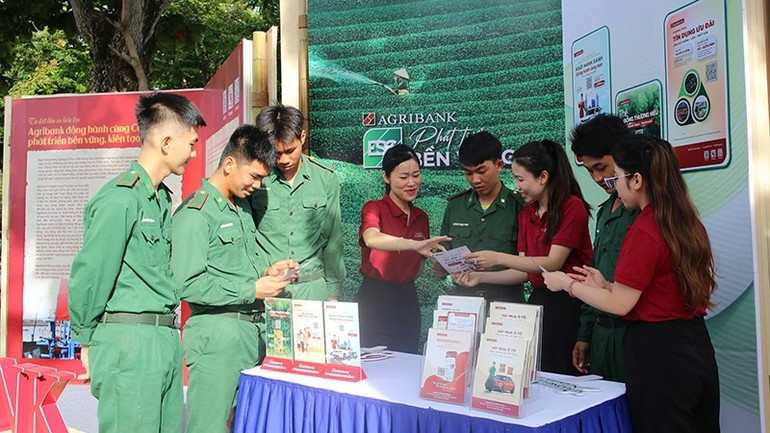
Experts note that Con Dao, like many other remote island destinations, faces major challenges in energy supply, including high production costs and outdated technologies that pose environmental risks.
The island’s recent connection to the national power grid marks the most significant milestone in Con Dao’s modern development history. According to scientists, with access to national electricity, Con Dao must accelerate electrification to replace fossil fuels (such as using electric vehicles); develop renewable energy systems in public and communal areas and tourism centres; and enable the integration of renewable energy into the grid.
Some experts also point out that, like many popular tourist destinations, Con Dao faces the risk of overcrowding during peak periods, leading to traffic overload and increased air pollution, particularly in high-density areas.
Therefore, a range of administrative, technical, and economic policies is needed to promote green mobility in Con Dao, such as introducing a roadmap for adopting vehicle emission standards; implementing emissions testing for motorbikes; issuing regulations on congestion-pricing or environmental-zone fees; and offering incentives for individuals and households to shift from fossil-fuel motorbikes to electric or green-energy vehicles. In particular, developing a public transport network using green-energy buses is considered a key technical solution.
By 2030, with focused solutions on clean energy, green transport, modern waste-treatment technologies, and smart tourism, the Con Dao Special Zone is expected to become one of Viet Nam and Southeast Asia’s leading comprehensive green-economy models.
